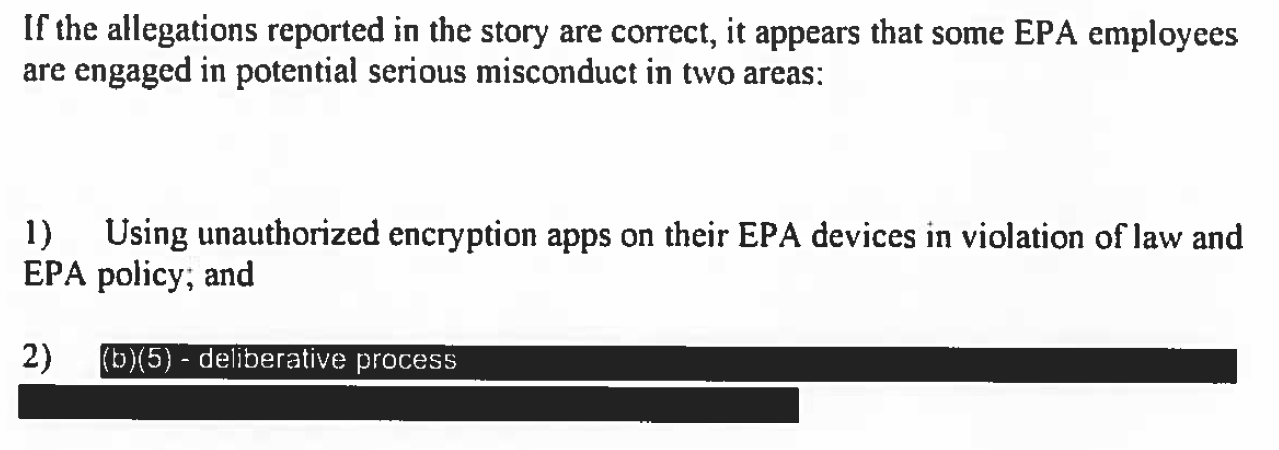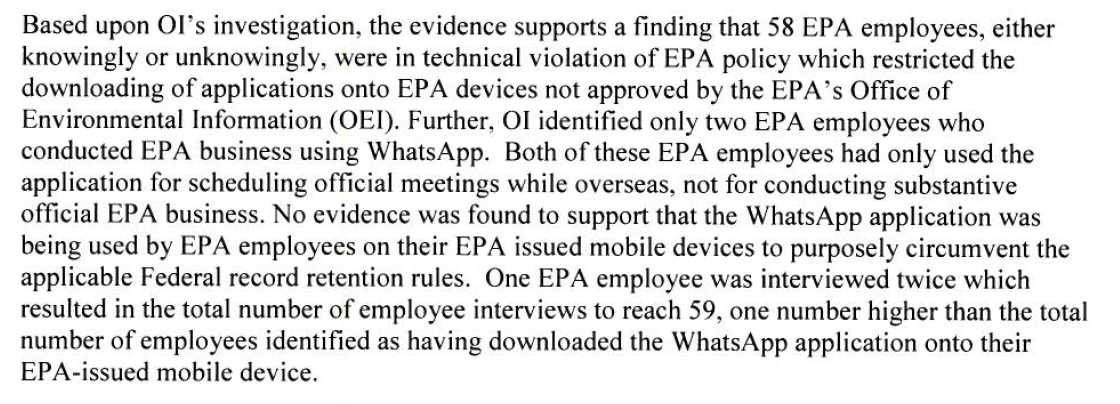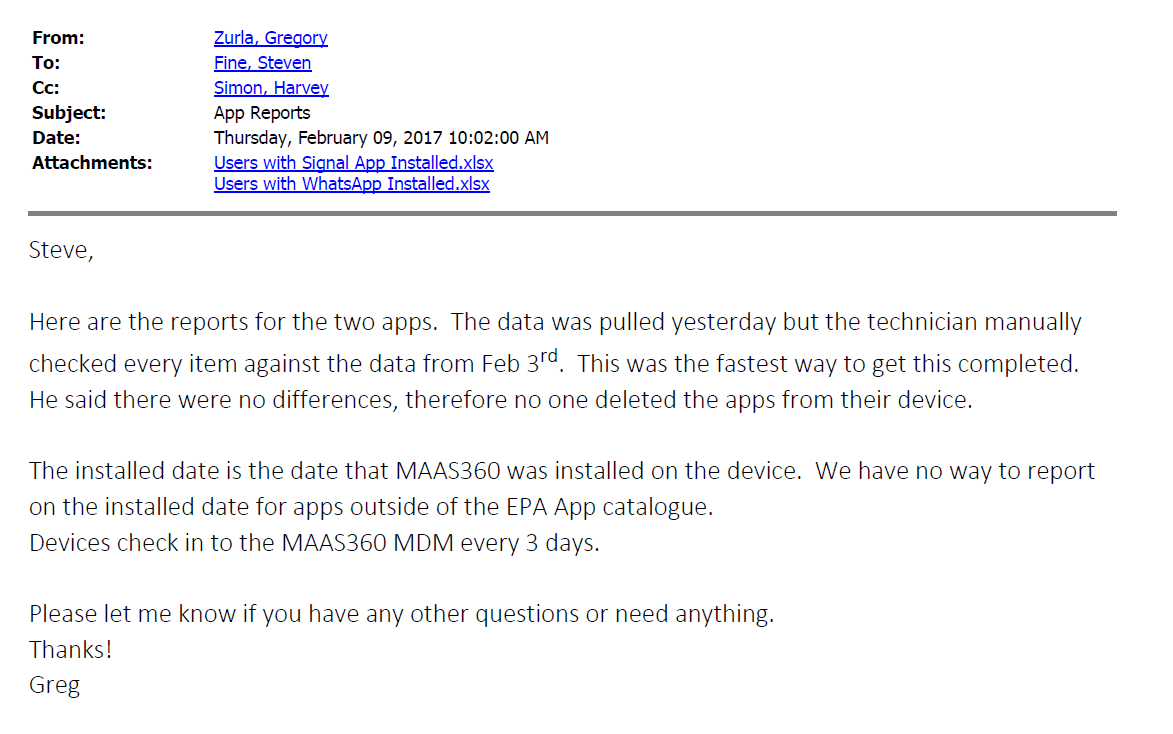The Senate has overturned a CFPB “guidance” document that was for all intents and purposes a regulation. This repeal was effected by the Congressional Review Act (“CRA”) which allows the Congress to overturn regulations within 60 days of the later of the regulation being sent to Congress or being published in the Federal Register. As I wrote for the Hill in March of last year, the CRA’s evasion of the filibuster invites a deregulatory agenda by the Congress that need not be blocked by partisan divisions or the filibuster. As we noted on this website at that time there are many, many such regulations. With the wise test of a “guidance document” by Senator Toomey more avenues for reform open up.
I have remarked on the threat to the Rule of Law and our Constitutional structure by the CFPB before. One of its previous high-handed regulations has already been removed by a similar use of the CFPB to our applause. The various federal agencies’ attempts to rule by letter and by guidance have been brushed back here and there. But they remain a troubling bureaucratic subversion of the fundamental separation of powers created to protect and empower American liberty.
John J. Vecchione is president and CEO at Cause of Action Institute.













